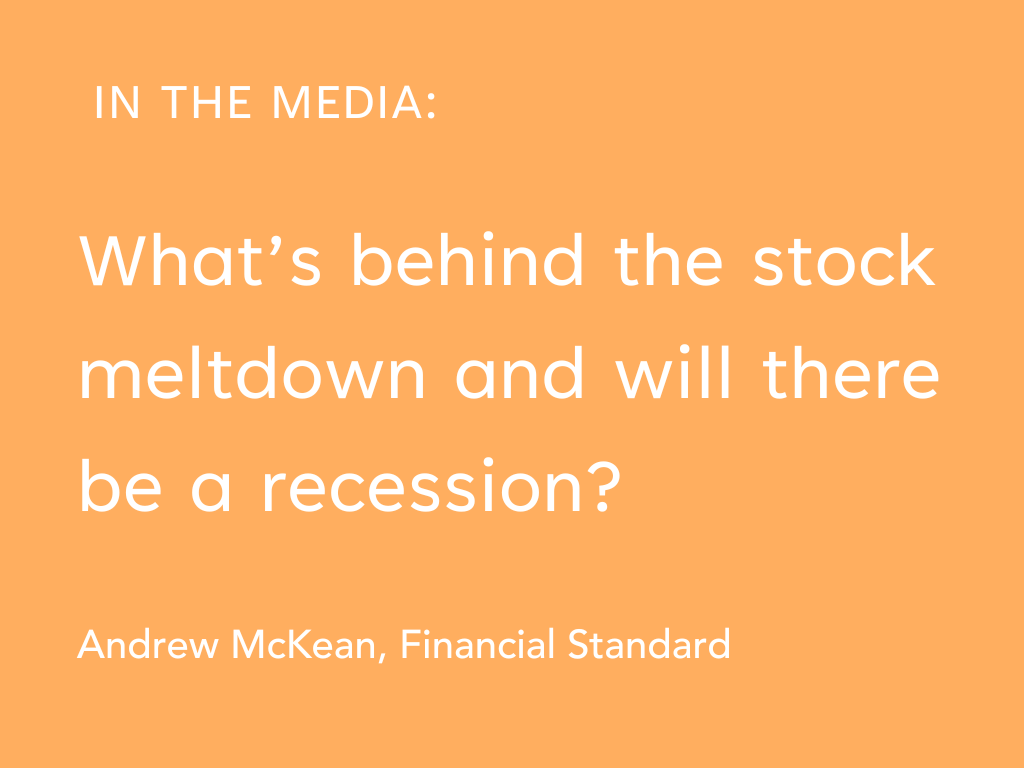
Vanguard, Betashares, iShares neck and neck in battle for inflows
ANDREW MCKEAN
Vanguard, Betashares, iShares, and VanEck have attracted most of the ETF inflows in Australia for 2024, with competition among these issuers fierce.
Vanguard led with $4.07 billion in inflows, followed by local player Betashares with $3.98 billion, BlackRock’s iShares with $3.45 billion, and VanEck with $3.01 billion, according to Betashares’ ETF review.
Global X brought in $756 million, Talaria Asset Management saw $366 million, Dimensional gained $170 million, Loftus Peak $136 million, JPMorgan $108 million, and Macquarie $90 million, capping off the top 10 ETF issuers by inflows.
Magellan, meanwhile, led outflows by a wide margin with $1.56 billion. Next in the line was AllianceBernstein at $185 million, Fidante at $161 million, Perth Mint at $86 million, and Platinum at $82 million.
The top products by inflows in July were the Vanguard MSCI Index International Shares ETF ($357 million), Betashares Global Shares ETF ($213 million), Vanguard Australian Shares Index ETF ($205 million), Betashares Australia 200 ETF ($203 million), and Betashares Global Shares Currency Hedged ETF ($194 million).
On the flip side, the products with the highest outflows were the Magellan Global Fund (Open Class) (Managed Fund) shedding $852 million, Betashares Legg Mason Emerging Markets Fund (Managed Fund) losing $127 million, ActiveX Ardea Real Outcome Bond Fund (Managed Fund) with $120 million, Betashares S&P 500 Equal Weight ETF at $44 million, and Vanguard US Total Market Shares Index ETF with $41 million.
Interestingly, the Australian ETF industry reached a new all-time high in assets under management (AUM), hitting $215.6 billion, driven by record net flows of $3.5 billion in July.
Betashares attributed the flows to the long running trend of investors using the new financial year as an opportunity to add to their portfolios.
Notably, the local ETF industry has grown by 43.7% over the past 12 months, increasing by $65.6 billion.
The largest ETF products by AUM are the Vanguard Australian Shares Index ETF at $16.05 billion, trailed by the Magellan Global Fund (Open Class) (Managed Fund) with $8.81 billion, and Vanguard MSCI Index International Shares ETF with $8.56 billion.
But in terms of performance, the top products in July were the iShares S&P Small-Cap ETF (13.5%), VanEck Gold Miners ETF (13.4%), and Global X 21Shares Bitcoin ETF (11.6%), Betashares Global Gold Miners ETF – Currency Hedged (11.4%), and VanEck Bitcoin ETF (11.3%).
VanEck chief executive and managing director Arian Neiron said he sees the growth trajectory of the ETF industry continuing and forecast growth in ETFs to reach $230 billion by year end.
“Australian investors are allocating more of their wealth to ETFs, benefiting from a product that is cost-efficient, easy to trade, transparent and provides access to almost every market, sector, and style of investing” Neiron said.
However, he noted that while index-tracking ETFs are seeing “unabated growth” from new investors and existing investors increasing their allocations, it’s a different story for the actively managed ETFs listed by fund managers.
Neiron pointed out that the 18 active ETFs that have listed this year have collectively taken in just $36 million in net flows or 0.3% of total industry net flows year-to-date. He added that many of these replicate already available unlisted funds, and despite making up 30% of the industry in terms of numbers, active ETFs only hold 21% in terms of funds under management.
“This paints a pretty grim picture of active ETFs and illustrates that not all ETFs are alike and Australian investors are not convinced at the proposition” Neiron said.
“It’s understandable that many active fund managers have seen the growth in the exchange traded product (ETP) industry and think that simply participating will result in flows rather than assessing the sustainability of their strategies in light of persistency of performance, lack of transparency, and higher fees.”
“Nonetheless, there are many more active ETFs, which will be simply ASX listings of existing unlisted approaches, due to list across both ASX and Cboe for the remainder of the year but equally, there is a growing likelihood of potential de-listings as many active ETFs remain at unviable funds under management (FUM) from lack of flows. This also means the advisers and investors must consider the survivorship of strategies.”
Neiron concluded that 64 of the 119 active ETFs listed in Australia have a FUM of less than $50 million.
Share this Post

